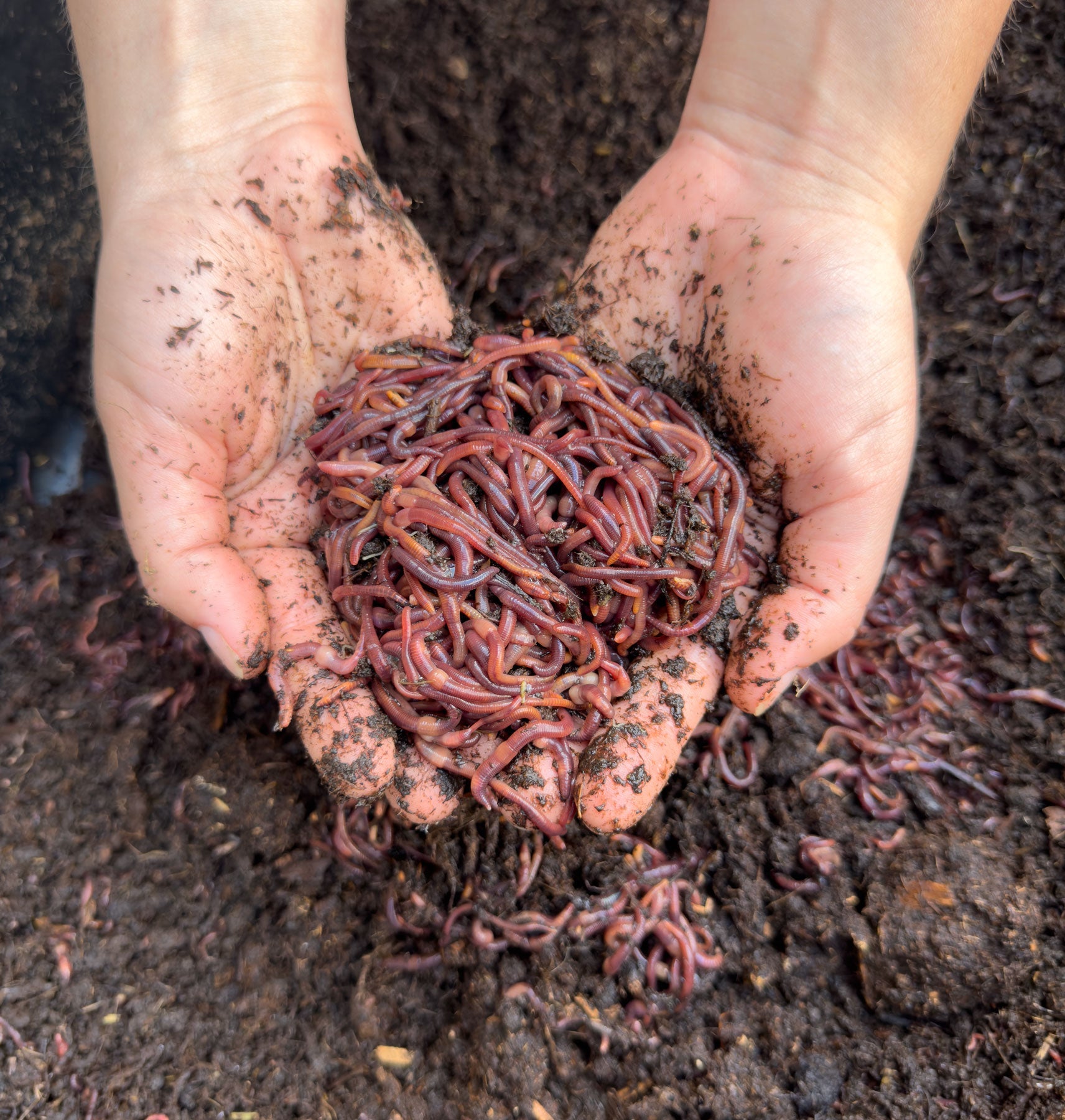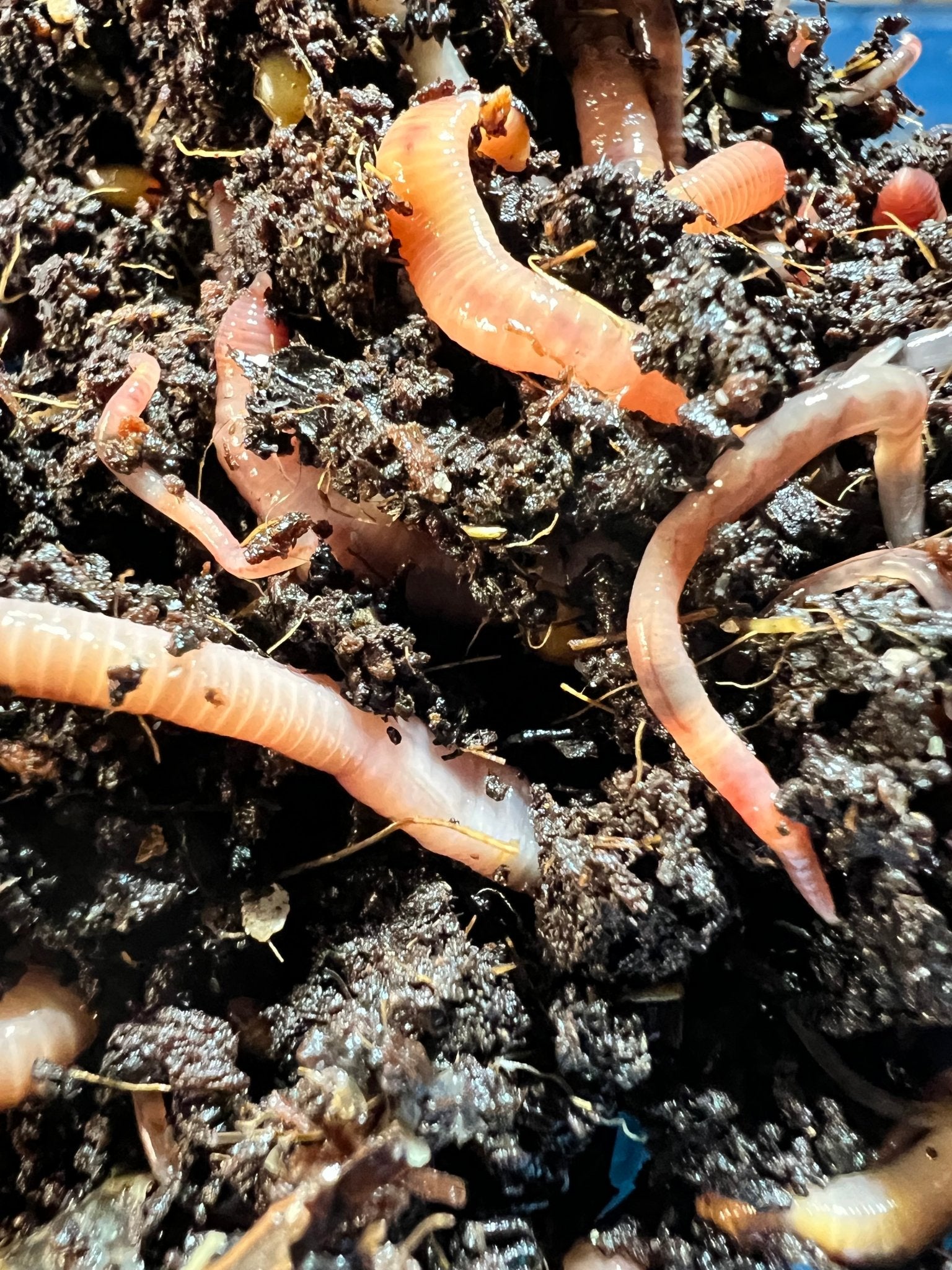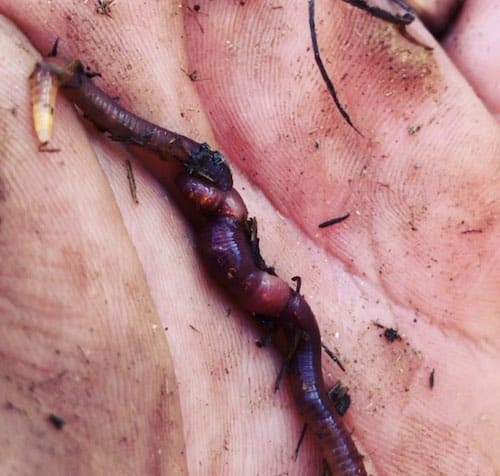Transform Your Lawn with the Expertise of Red Wiggler Express Lawn Care Experts
Transform Your Lawn with the Expertise of Red Wiggler Express Lawn Care Experts
Blog Article
Red Wigglers: The Unsung Heroes of Organic Waste Recycling
Red wigglers, or Eisenia fetida, function as vital representatives in the natural waste reusing procedure, changing thrown out products right into beneficial vermicompost. Their reliable break down of raw material not just enhances soil top quality yet additionally adds to lasting waste management methods. As the globe progressively seeks solutions to combat waste buildup and boost farming efficiency, comprehending the function of these worms comes to be necessary. What systems permit them to prosper in garden compost atmospheres, and exactly how can they be properly made use of in both property and business setups? Discovering these inquiries exposes the wider implications of vermicomposting in our ecological landscape.
What Are Red Wigglers?
The impressive resilience of red wigglers, medically known as Eisenia fetida, emphasizes their essential duty in natural waste recycling. These little, reddish-brown earthworms are typically found in decomposing raw material, such as garden compost heaps and manure loads. Lake Hickory Bait. Unlike other earthworm varieties, red wigglers thrive in nutrient-rich environments and are very effective at breaking down organic products, making them necessary for vermicomposting

(Lake Rhodhiss Bait)In enhancement to their duty in waste reduction, red wigglers add to soil health and wellness by boosting dirt structure and oygenation with their delving tasks (Lake Hickory Bait). Their presence in composting systems not only boosts decomposition rates but also advertises a sustainable approach to waste management, showing their relevance in ecological preservation initiatives
Benefits of Composting With Worms
Composting with worms, especially red wigglers, supplies countless advantages that boost both waste administration and dirt wellness. These worms successfully damage down natural waste, converting it into nutrient-rich vermicompost that enhances soil. This process speeds up disintegration, allowing for a quicker recycling of kitchen scraps and other organic materials contrasted to traditional composting methods.
Furthermore, the vermicompost created by red wigglers is brimming with helpful microbes, which help boost dirt framework, oygenation, and dampness retention. This boosts the total health of plants, advertising strenuous growth and raised returns in yards and farming settings. In addition, making use of worms in composting minimizes the production of greenhouse gases, such as methane, adding to an extra sustainable waste management system.

How to Start Vermicomposting
Developing a vermicomposting system is a simple process that can generate substantial advantages for get more both waste administration and soil enrichment. To start, pick a suitable container, such as a plastic container or wooden box, with ample ventilation openings to ensure proper airflow. The measurements ought to ideally be about 2 feet by 3 feet, permitting adequate space for the worms to grow.
Next, prepare bed linens material, which can include shredded paper, cardboard, or coconut coir. This bed linen should be dampened to create an appropriate environment for the worms. When the bed linen remains in place, present red wigglers (Eisenia fetida) into the container, normally around one pound of worms for each square foot of area.
Complying with the placement of worms, include organic waste, such as fruit and vegetable scraps, coffee grounds, and crushed eggshells. With these steps, you will efficiently launch a vermicomposting system that contributes to lasting waste management and enriches your dirt.
Maintaining a Healthy And Balanced Worm Bin
(Red Wiggler Express)Keeping a worm container thriving requires regular focus and like make sure the wellness of the red wigglers and the effectiveness of the composting process. Proper maintenance begins with checking the wetness degrees; the container should perspire however not waterlogged. A great guideline is to maintain an uniformity similar to a wrung-out sponge.
Gently mixing the bed linen and food scraps every couple of weeks avoids compaction and makes sure that all worms have access to oxygen. In addition, it is crucial to feed the worms suitably.
If the container comes to be also warm or cold, the worms might end up being stressed out. By vigilantly taking care of these aspects, one can preserve a durable and productive worm container.
Influence On Lasting Living
The effective upkeep of a worm container not just profits the health of red wigglers however additionally contributes considerably to sustainable living techniques. By reusing natural waste, such as cooking area scraps and backyard debris, red wigglers help divert significant amounts of product from land fills. This reduction in waste not just decreases greenhouse gas exhausts but additionally minimizes the ecological concern related to waste administration.
Furthermore, the castings created by red wigglers act as a nutrient-rich organic fertilizer, improving dirt health and promoting plant development. This all-natural alternative to chemical fertilizers supports lasting agriculture and gardening methods, minimizing reliance on synthetic inputs that can hurt ecosystems. Additionally, worm composting cultivates understanding of waste administration, encouraging people and neighborhoods to adopt even more lasting routines.

Verdict
In summary, red wigglers offer as crucial factors to natural waste reusing through their effective decay of natural materials. By integrating vermicomposting right into waste monitoring techniques, people and neighborhoods can dramatically reduce waste while promoting ecological sustainability.
Report this page